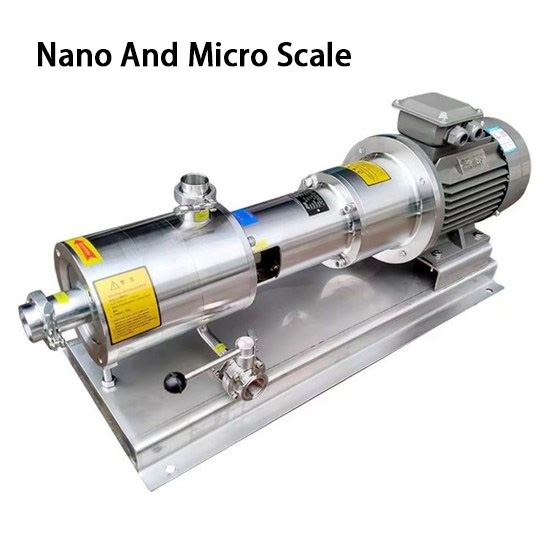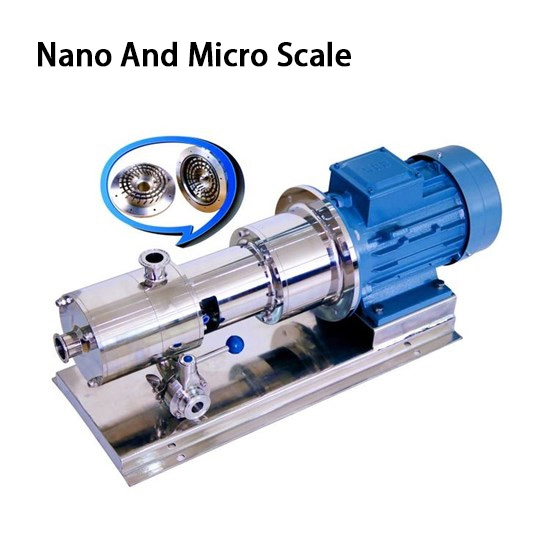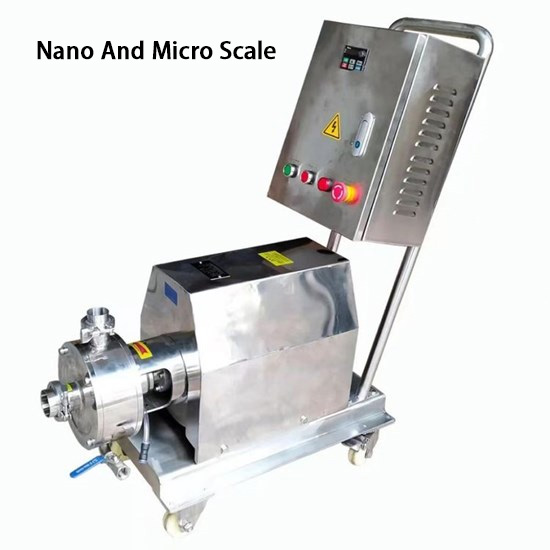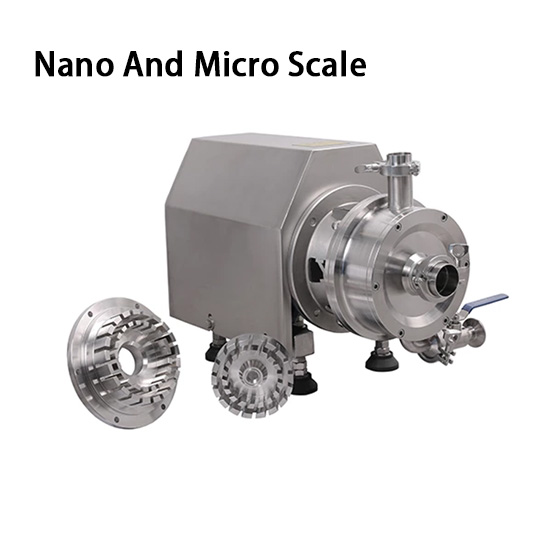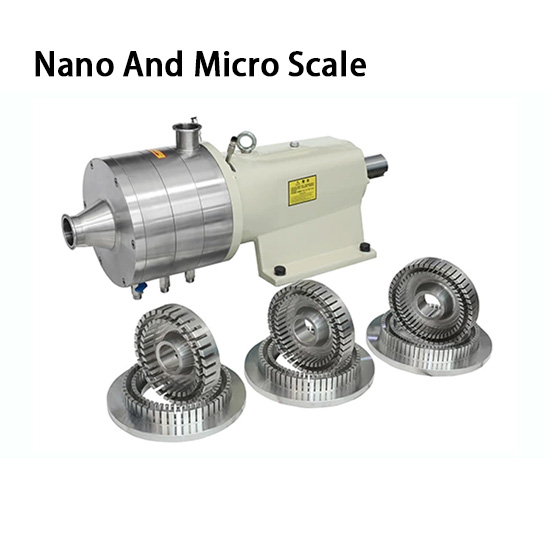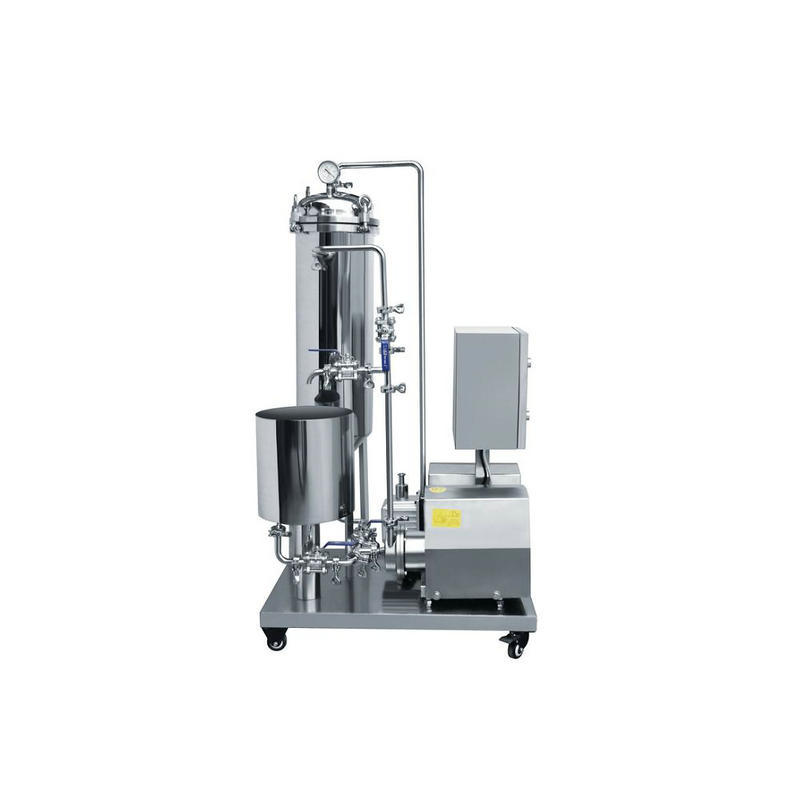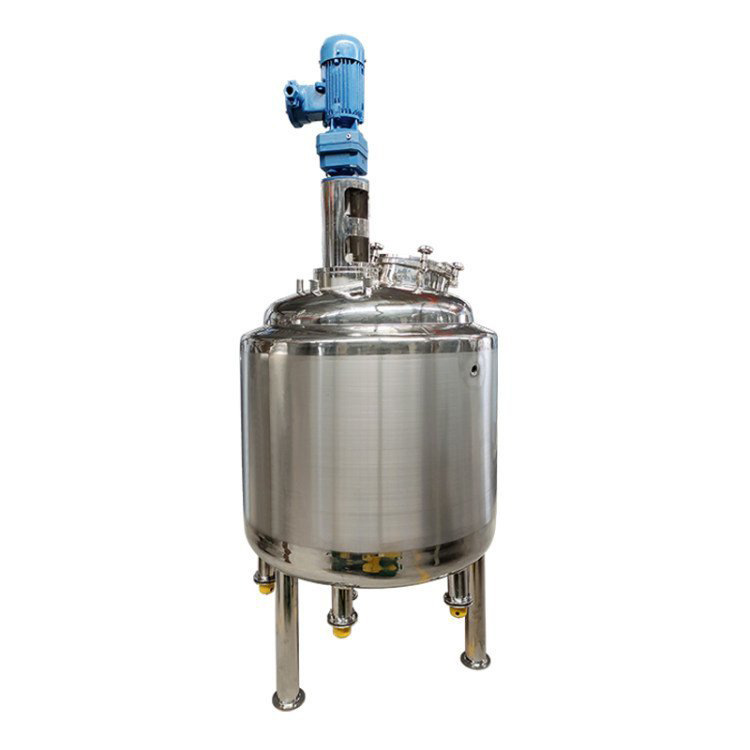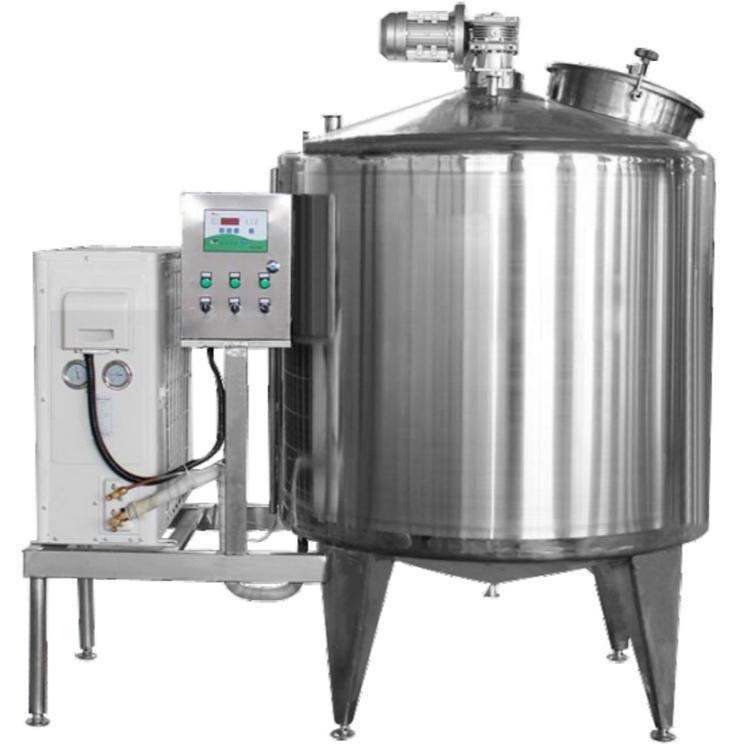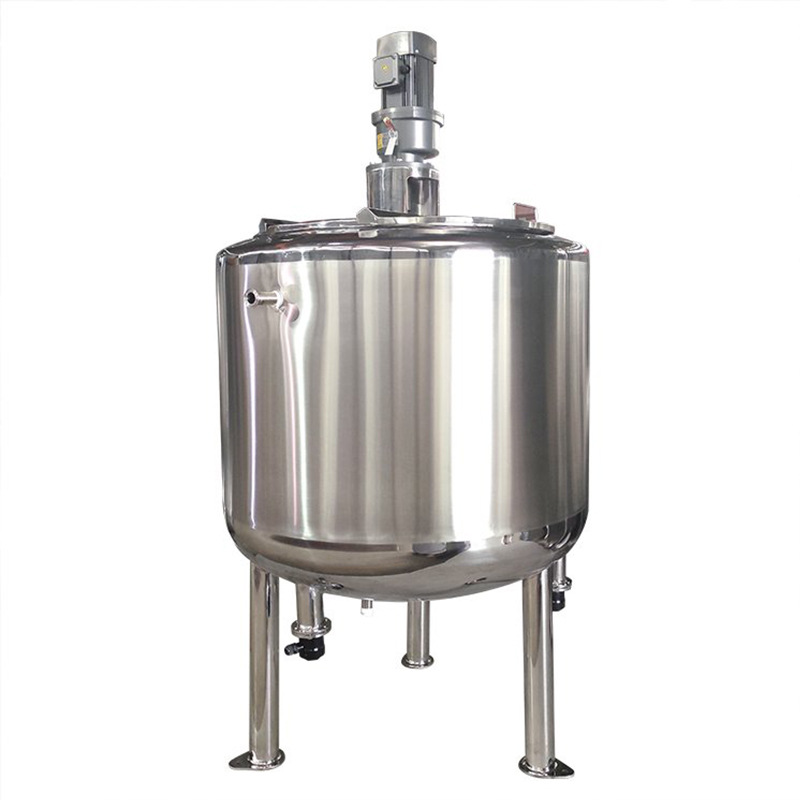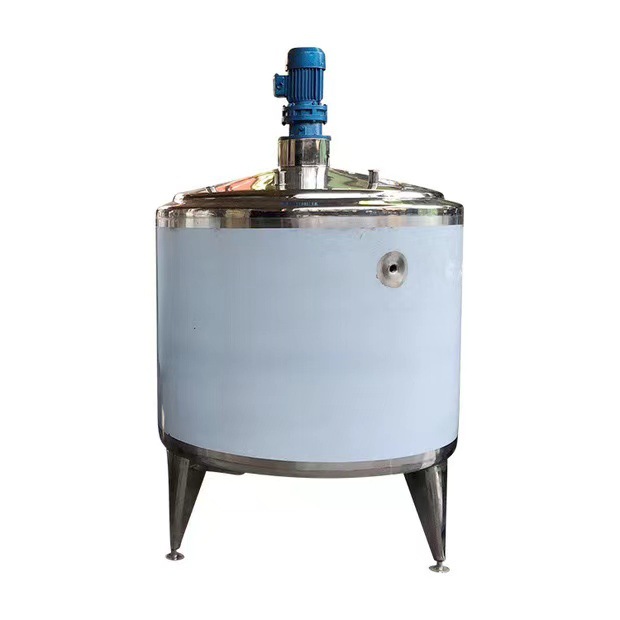Comparison Of Vacuum Emulsifying Pot Heating Methods: Choose The Right One To Double Your Efficiency
Heating methods of Emulsification Pump: Comprehensive analysis and its application in the food and cosmetics industry
In modern industrial production, vacuum emulsifier is one of the key production equipment, especially in the food, pharmaceutical and cosmetics industries.
This equipment can achieve efficient homogenization and emulsification under vacuum through its unique working principle, and is widely used in various production fields that require fine mixing.
This article will introduce the different heating methods and characteristics of vacuum emulsifiers in detail, and explore the impact of these heating methods on production efficiency and product quality in practical applications.
1. Working principle of vacuum emulsifier
The vacuum emulsifier uses a high-speed rotating rotor and stator to use strong shear force to quickly cut and evenly disperse the material under vacuum.
This design greatly reduces the generation of bubbles and improves the quality and stability of the product.
In addition, the vacuum state can prevent oxidation, protect heat-sensitive ingredients such as vitamin C, and ensure the quality of the final product.
2. Main heating methods of vacuum emulsifier
1. Electric heating method
Electric heating is one of the most common heating methods, characterized by precise temperature control, fast response speed and easy operation.
The electric heating system generally includes electric heating tubes or electric heating wires, which are directly heated by power supply and are suitable for various heating needs.
Advantages:
Precise temperature control: The temperature sensor and controller equipped with the electric heating system can monitor and adjust the heating temperature in real time to ensure the stability of the production process.
Simple operation: Automatic heating can be achieved by setting parameters through the electric control cabinet, which is easy to operate.
High safety: Modern electric heating systems usually have multiple safety protection measures, such as overheating protection and leakage protection, to ensure production safety.
Disadvantages:
High cost: Compared with other heating methods, the initial installation cost and maintenance cost of the electric heating system are higher.
High energy consumption: Electricity, as an energy source, consumes a lot, especially in large-scale production, the electricity bill expenditure is high.
2. Steam heating method
Steam heating is usually used for large-scale production equipment or scenes that require rapid heating.
It is heated by high-temperature and high-pressure steam generated by the boiler, and has the characteristics of fast heating speed and high efficiency.
Advantages:
Fast heating speed: Steam can quickly transfer heat to the entire system and improve production efficiency.
Low cost: Compared with electric heating, steam heating has a lower operating cost and is suitable for large-scale production.
Widely applicable: It can be used for production equipment of various sizes, especially for processes that require rapid temperature rise.
Disadvantages:
Complex equipment: It needs to be equipped with a special steam generator and boiler, which increases the complexity of the equipment and the initial investment.
Safety hazards: High temperature and high pressure steam has certain safety hazards and requires professional operation and maintenance personnel.
3. Thermal oil heating method
Thermal oil heating is to transfer heat to the material by circulating the thermal oil in a closed circulation system.
This method is often used in production processes that require stable heating.
Advantages:
Uniform heating: Thermal oil can evenly distribute heat to the entire heating system to ensure that the material is heated evenly.
Accurate temperature control: High temperature heating can be achieved at a lower pressure, which is suitable for production processes with strict temperature requirements.
High safety: The working pressure of the thermal oil system is low, which reduces the risk of safety accidents.
Disadvantages:
Complex maintenance: Thermal oil needs to be replaced and inspected regularly, and maintenance work is more cumbersome.
Large initial investment: Establishing a complete thermal oil heating system requires a large initial investment.
3. Selection of heating methods in practical applications
When choosing a heating method, companies need to consider a variety of factors, including production costs, process requirements, safety standards, etc.
The following are some specific application scenario analyses:
1. Application examples of electric heating
Electric heating has been widely used in small and medium-sized production enterprises due to its easy operation and high temperature control accuracy.
For example, in the pharmaceutical industry, many liquid medicines require precise temperature control during production to avoid component failure, and electric heating is particularly suitable at this time.
In addition, electric heating does not require additional boiler equipment, occupies a small area, and is suitable for use in factories with limited space.
2. Application examples of steam heating
For large production lines, steam heating is an economical and efficient option.
In the food industry, such as dairy plants or juice production lines, large amounts of steam are often required to quickly heat raw materials and maintain a constant temperature.
Steam heating can not only meet these needs, but also significantly reduce operating costs.
3. Application examples of thermal oil heating
In some special production processes, thermal oil heating is widely used for its superior temperature uniformity and stability.
For example, in some chemical reactions, if the temperature fluctuates too much, it may cause the reaction to fail or by-products to be generated. At this time, thermal oil heating can play an important role.
In addition, thermal oil heating also performs well in production processes that require high temperatures to be maintained for a long time.
IV. The impact of different heating methods on production efficiency and product quality
Different heating methods not only affect production efficiency, but also have an important impact on the quality of the final product.
The following is a comparative analysis of several heating methods:
| Heating method | Production efficiency | Product quality |
|----------|----------|----------|
| Electric heating | Medium | High |
| Steam heating | High | Medium |
| Thermal oil heating | Medium | High |
As can be seen from the table, although the cost of electric heating is high, its temperature control accuracy is high and it is suitable for production processes with high precision requirements;
Steam heating is the first choice for large production lines due to its high efficiency;
Thermal oil heating performs well in temperature uniformity and is suitable for scenarios with high requirements for temperature uniformity.
V. Conclusion
Choosing a suitable heating method is crucial to improving production efficiency and product quality.
In actual applications, enterprises should comprehensively consider their own production scale, process requirements and cost budget and choose the most suitable heating method.
With the advancement of science and technology, more new and energy-saving heating technologies will emerge in the future, bringing more possibilities for industrial production.
Regardless of the heating method chosen, ensuring the safe operation and regular maintenance of the equipment is the key to ensuring smooth production.
